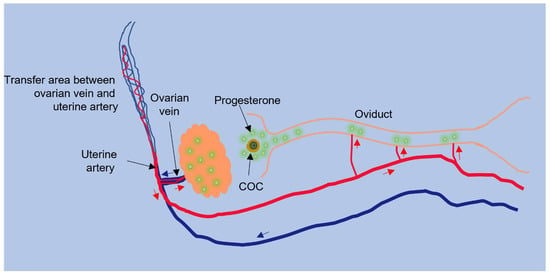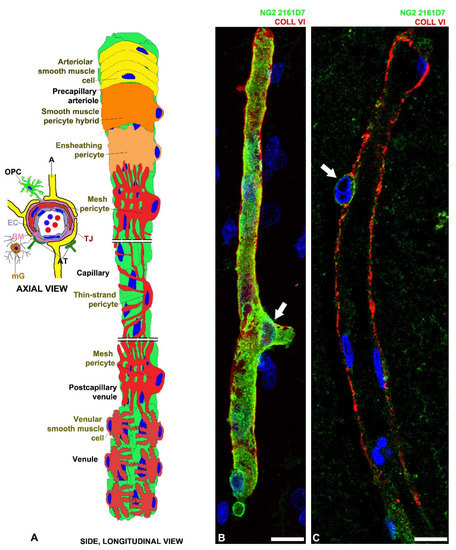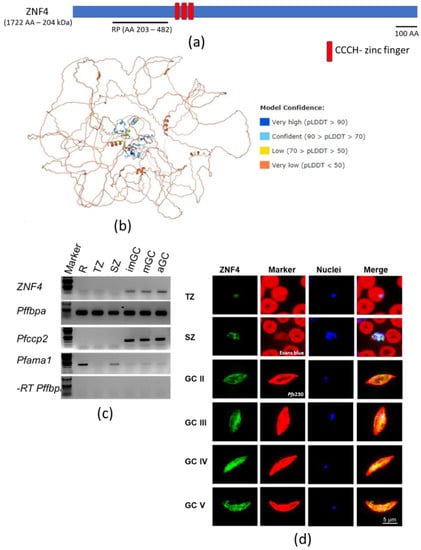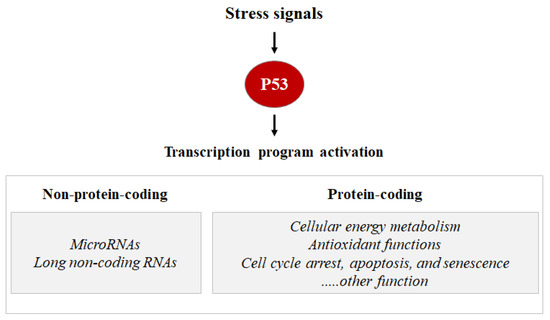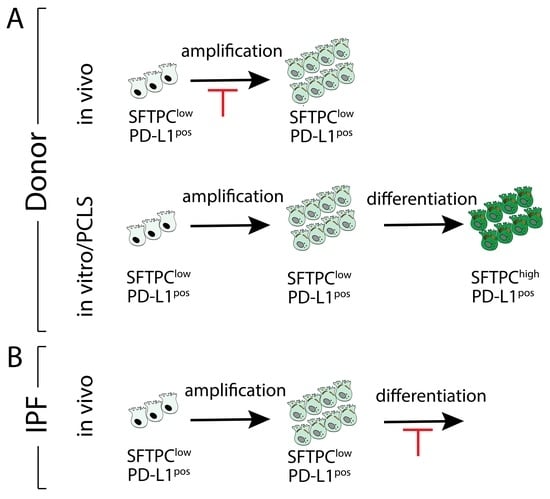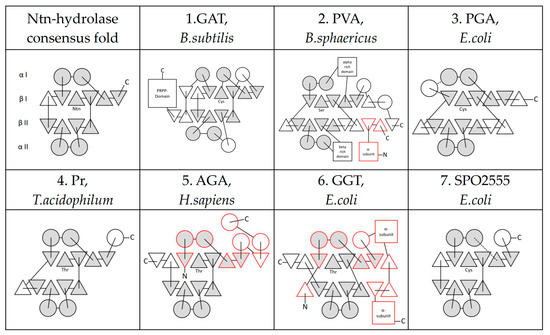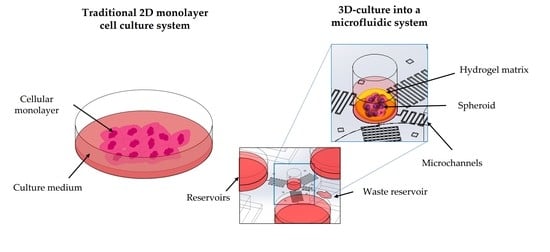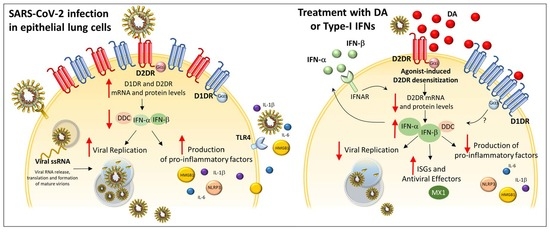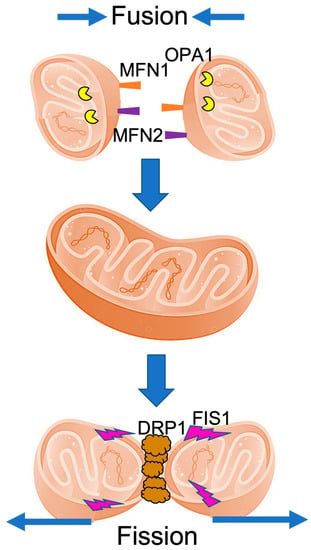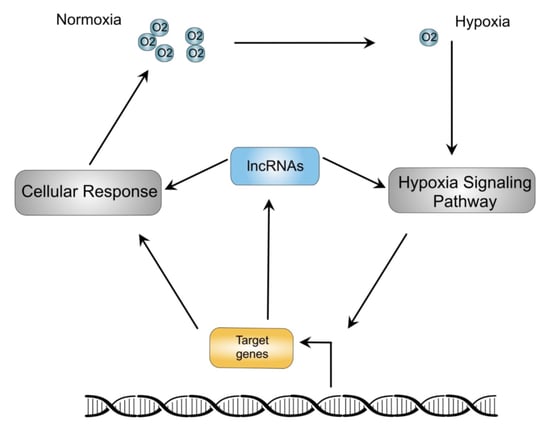Cells 2022, 11(10), 1622; https://doi.org/10.3390/cells11101622 - 12 May 2022
Cited by 20 | Viewed by 5339
Abstract
In mammalian females, after sperm are deposited in the reproductive tract, a fraction of sperm migrates to the lower oviduct (isthmus) and forms a sperm storage site known as the functional sperm reservoir. The interactions between sperm membrane proteins and oviduct epithelial cells
[...] Read more.
In mammalian females, after sperm are deposited in the reproductive tract, a fraction of sperm migrates to the lower oviduct (isthmus) and forms a sperm storage site known as the functional sperm reservoir. The interactions between sperm membrane proteins and oviduct epithelial cells facilitate sperm binding to the oviductal epithelium and retention in the reservoir. Sperm are bound by glycans that contain specific motifs present on isthmic epithelial cells. Capacitated sperm are released from the reservoir and travel further in the oviduct to the ampulla where fertilization occurs. For decades, researchers have been studying the molecules and mechanisms of sperm release from the oviductal sperm reservoir. However, it is still not clear if the release of sperm is triggered by changes in sperm, oviduct cells, oviduct fluid, or a combination of these. While there is a possibility that more than one of these events are involved in the release of sperm from the reservoir, one activator of sperm release has the largest accumulation of supporting evidence. This mechanism involves the steroid hormone, progesterone, as a signal that induces the release of sperm from the reservoir. This review gathers and synthesizes evidence for the role of progesterone in inducing sperm release from the oviduct functional sperm reservoir.
Full article
(This article belongs to the Special Issue Progesterone Receptor Signaling)
►
Show Figures
